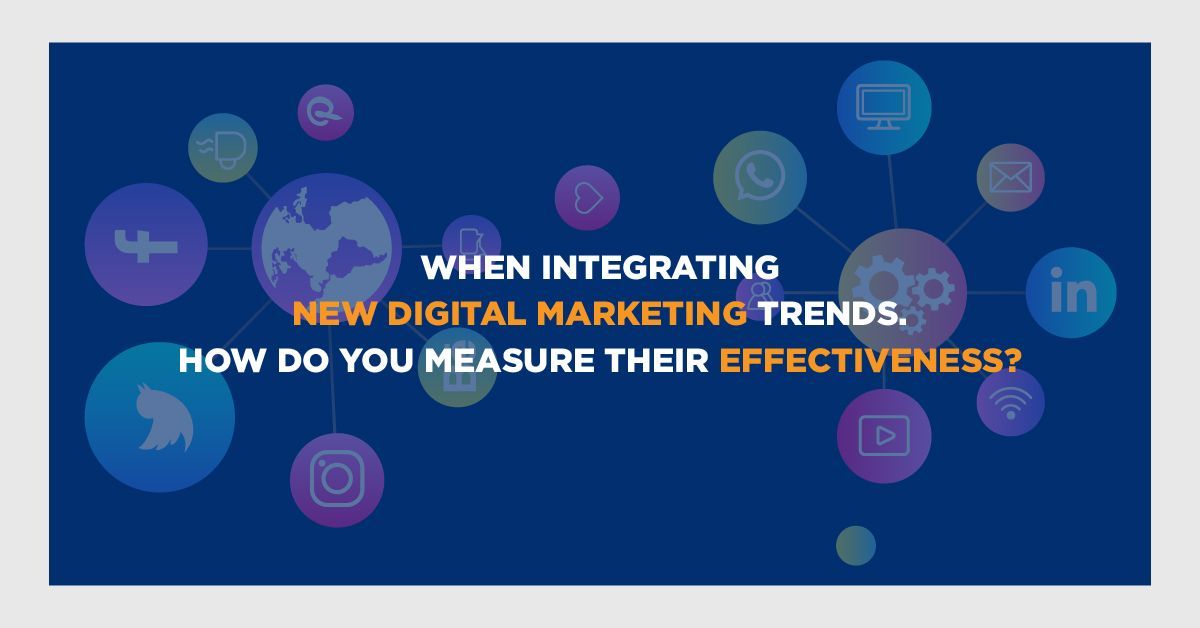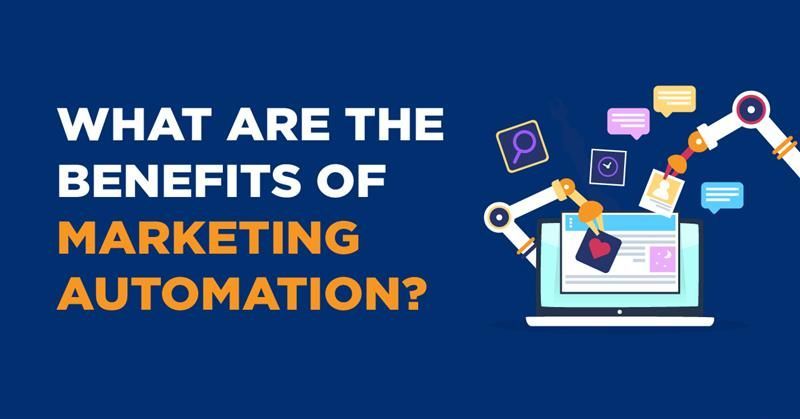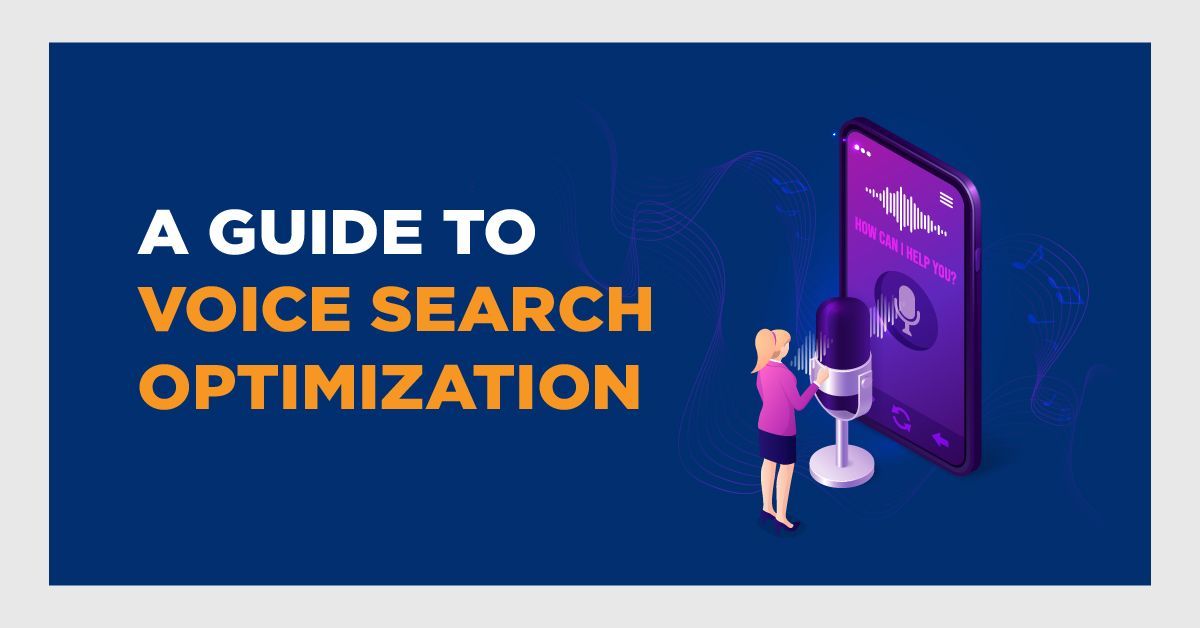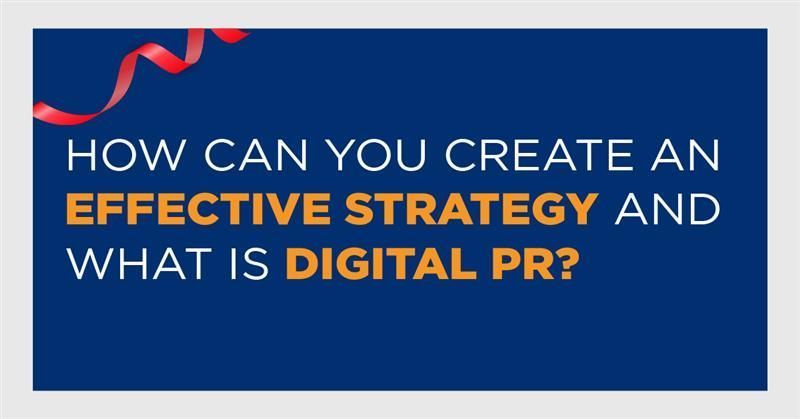The Complete Beginner's Guide to Email Marketing
October 23, 2024
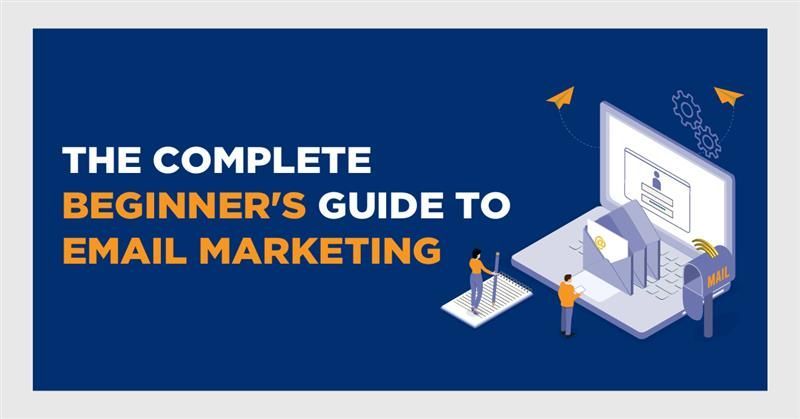
The Complete Beginner's Guide to Email Marketing
Email marketing is a powerful tool for engaging with customers and driving business growth. By understanding the fundamentals, building an email list, and sending well-crafted campaigns, you can create a successful email marketing strategy. Remember to continually analyze performance and adjust your tactics for the best results.
1. What is Email Marketing?
Email marketing
is a form of direct marketing that uses email to promote your business’s products or services. It can also help inform customers of new offerings or special deals and drive engagement through valuable content.
2. Benefits of Email Marketing
- Cost-effective : It's cheaper compared to traditional marketing methods like print or TV ads.
- Targeted : You can segment your audience based on demographics, behavior, or preferences.
- Measurable : Track open rates, click-through rates (CTR), and conversions to assess the success of your campaigns.
- Personalized : Tailor your content to different segments for better engagement.
- Automation : Send automated emails triggered by specific user actions (e.g., welcome emails, abandoned cart reminders).
3. Types of Email Campaigns
- Newsletter : Regular emails sent to your subscribers containing news, updates, or content to keep them engaged.
- Promotional Emails : Focus on sales, offers, and promotions.
- Welcome Series : Automated series of emails sent to new subscribers.
- Transactional Emails : Confirmations, receipts, or order-related communications.
- Re-engagement Emails : Target inactive subscribers to win them back.
4. Building an Email List
- Opt-in forms : Add forms on your website or blog to capture email addresses.
- Offer incentives : Provide something of value, like a free e-book or discount, to encourage sign-ups.
- Social media : Promote your email list across social platforms.
- Referrals : Ask current subscribers to refer their friends.
- Contests and giveaways : Host online contests where participants need to provide their email to enter.
5. Email Marketing Platforms
There are many email marketing tools available to help you create, send, and manage campaigns. Some popular ones include:
- Mailchimp : User-friendly with free and paid plans.
- Constant Contact : Great for small businesses and offers robust customer support.
- Sendinblue : Offers advanced automation features.
- HubSpot : Comes with CRM integration and advanced analytics.
- ConvertKit : Tailored for creators and bloggers.
Each platform offers different features such as automation, A/B testing, and analytics.
6. Crafting the Perfect Email
- Subject Line : The first thing your recipient sees. Make it engaging and relevant to encourage opens.
- Keep it short and clear.
- Personalize by including the recipient’s name or past interactions.
- Use curiosity or urgency to drive clicks (e.g., “Don’t Miss Out!”).
- Preheader : A brief text that appears after the subject line. Use this space to complement the subject line.
- Content :
- Personalization : Use dynamic tags to personalize the email with the recipient’s name or location.
- Clear Call-to-Action (CTA) : Make it easy for the recipient to know what action to take next, such as “Buy Now,” “Read More,” or “Sign Up.”
- Design : Ensure your email looks good on both desktop and mobile devices (mobile responsiveness is key).
- Images : Use high-quality images sparingly, as too many can slow down the loading time. Include alt text in case images don’t load.
7. Segmentation and Personalization
Segmentation divides your email list into smaller, more targeted groups. This allows you to send more personalized and relevant content. You can segment based on:
- Demographics (age, gender, location).
- Behavior (past purchases, website visits).
- Engagement level (active vs. inactive subscribers).
The more personalized the email, the better your open and click-through rates will be.
8. Automation
Email automation helps you send pre-scheduled or triggered emails without manual intervention. Common types of automated emails include:
- Welcome emails : Sent immediately when someone subscribes.
- Abandoned cart emails : Reminders for users who added items to their cart but didn’t complete the purchase.
- Birthday emails : Special offers or greetings sent on subscribers’ birthdays.
- Follow-up emails : After a purchase or inquiry, send a follow-up email to keep the conversation going.
9. Analyzing Your Email Campaign
Once your email is sent, analyze its performance. The most important metrics to track are:
- Open rate : The percentage of people who opened your email. A higher open rate often indicates a good subject line.
- Click-through rate (CTR) : The percentage of people who clicked on a link in your email.
- Bounce rate : The percentage of emails that couldn’t be delivered.
- Unsubscribe rate : The percentage of people who opted out of your emails.
- Conversion rate : The percentage of email recipients who completed the desired action, such as making a purchase.
Use these metrics to refine your strategy and improve future campaigns.
10. Best Practices for Email Marketing Success
- Get permission : Always use opt-in forms and avoid buying email lists to ensure compliance with privacy laws.
- Stay compliant : Follow regulations such as GDPR and CAN-SPAM to avoid penalties.
- Provide value : Ensure each email delivers valuable content, not just promotional messages.
- A/B test : Continuously test different elements (subject lines, CTAs, design) to see what resonates best with your audience.
- Optimize for mobile : Ensure that your emails are mobile-friendly, as many people will open them on their phones.
Conclusion
Email marketing is a powerful tool for engaging with customers and driving business growth. By understanding the fundamentals, building an email list, and sending well-crafted campaigns, you can create a successful email marketing strategy. Remember to continually analyze performance and adjust your tactics for the best results.


